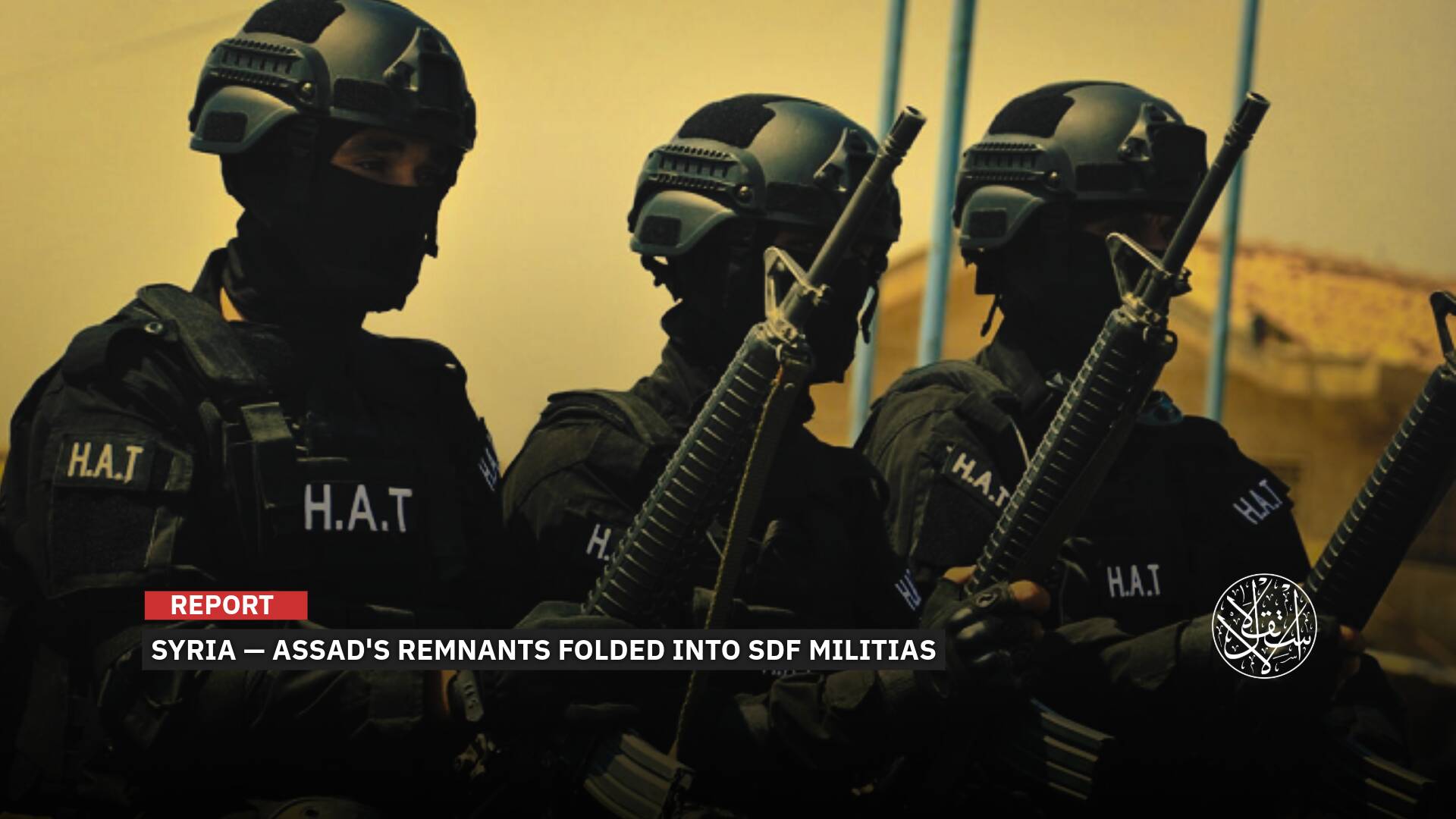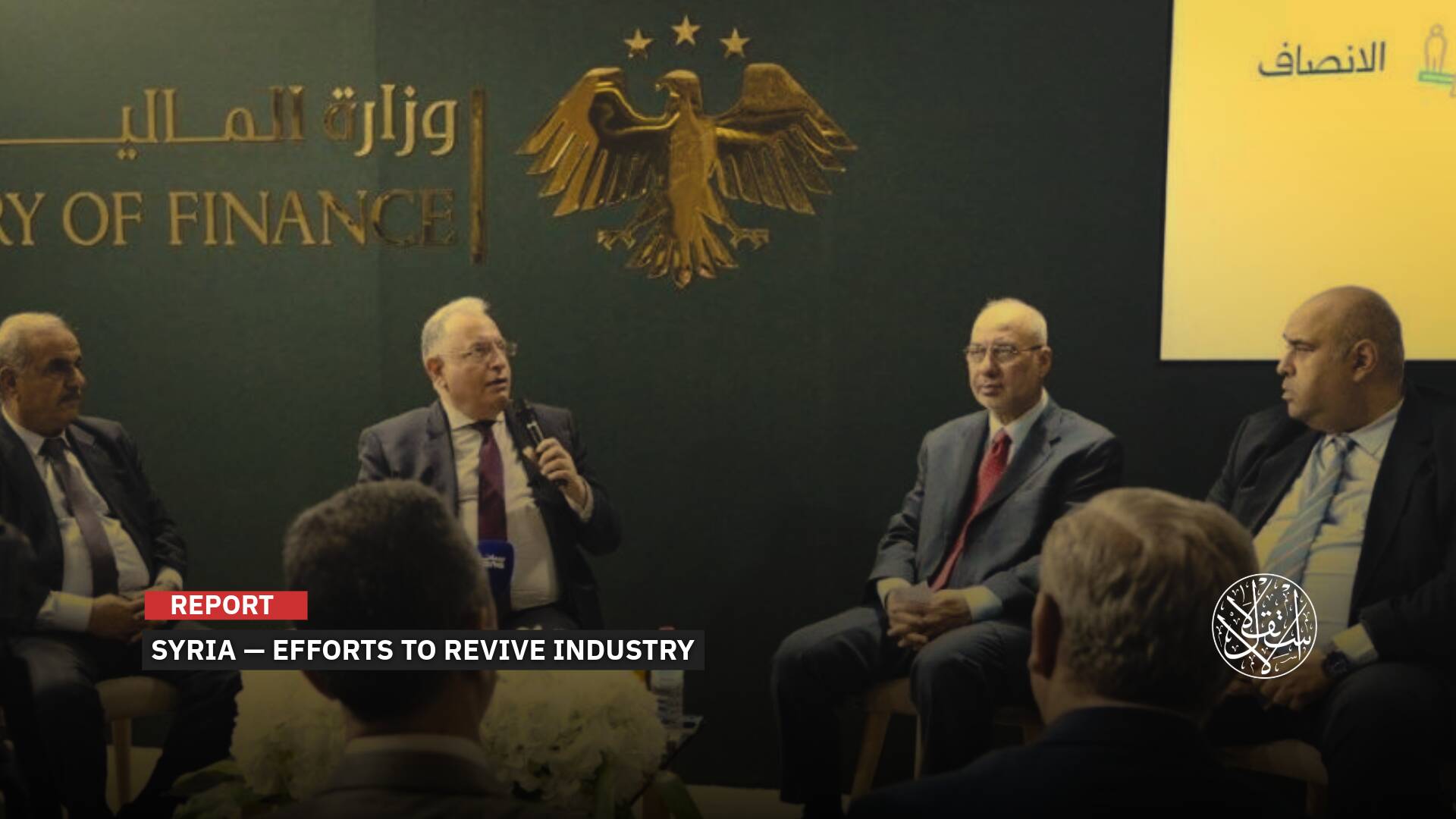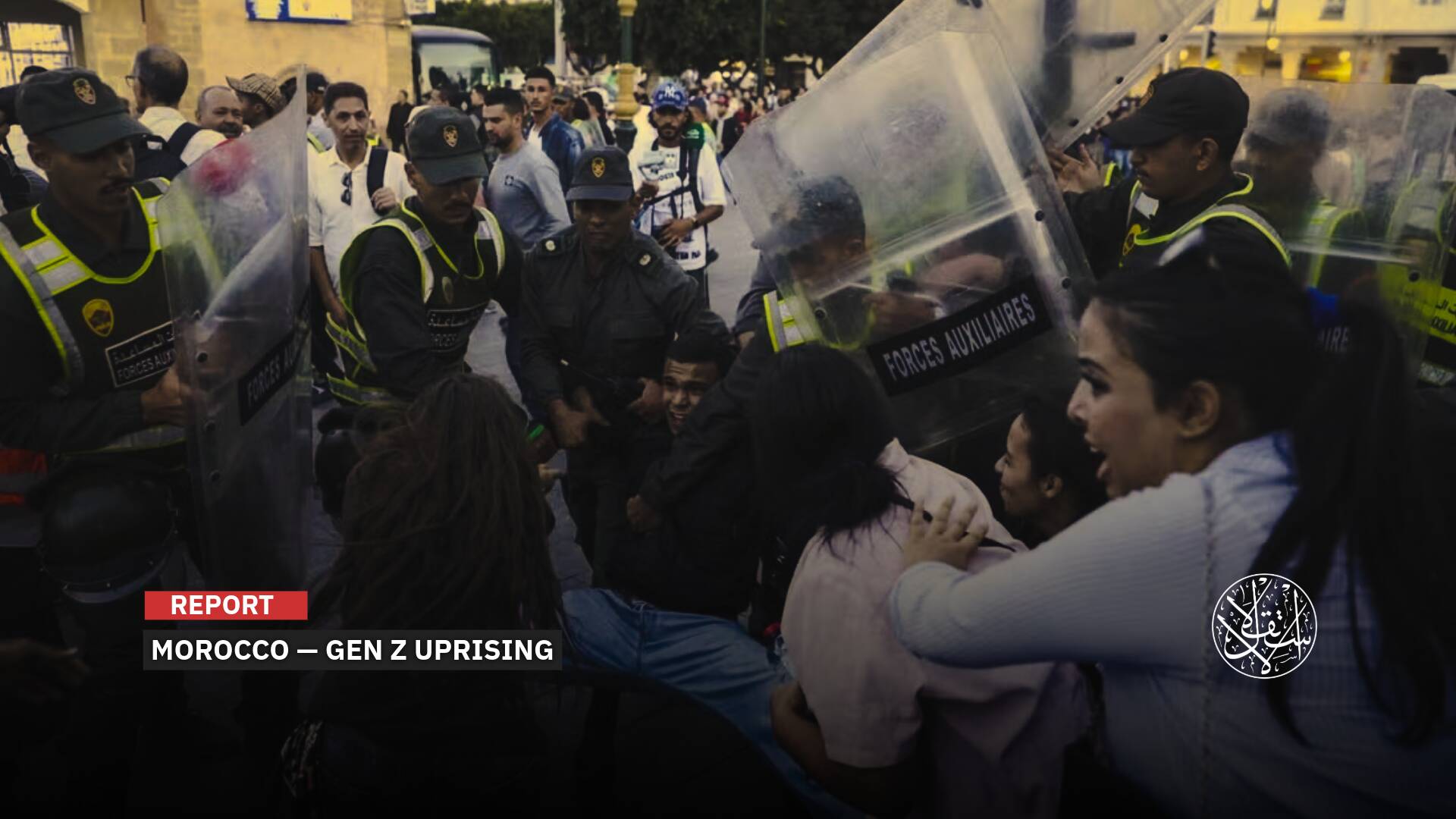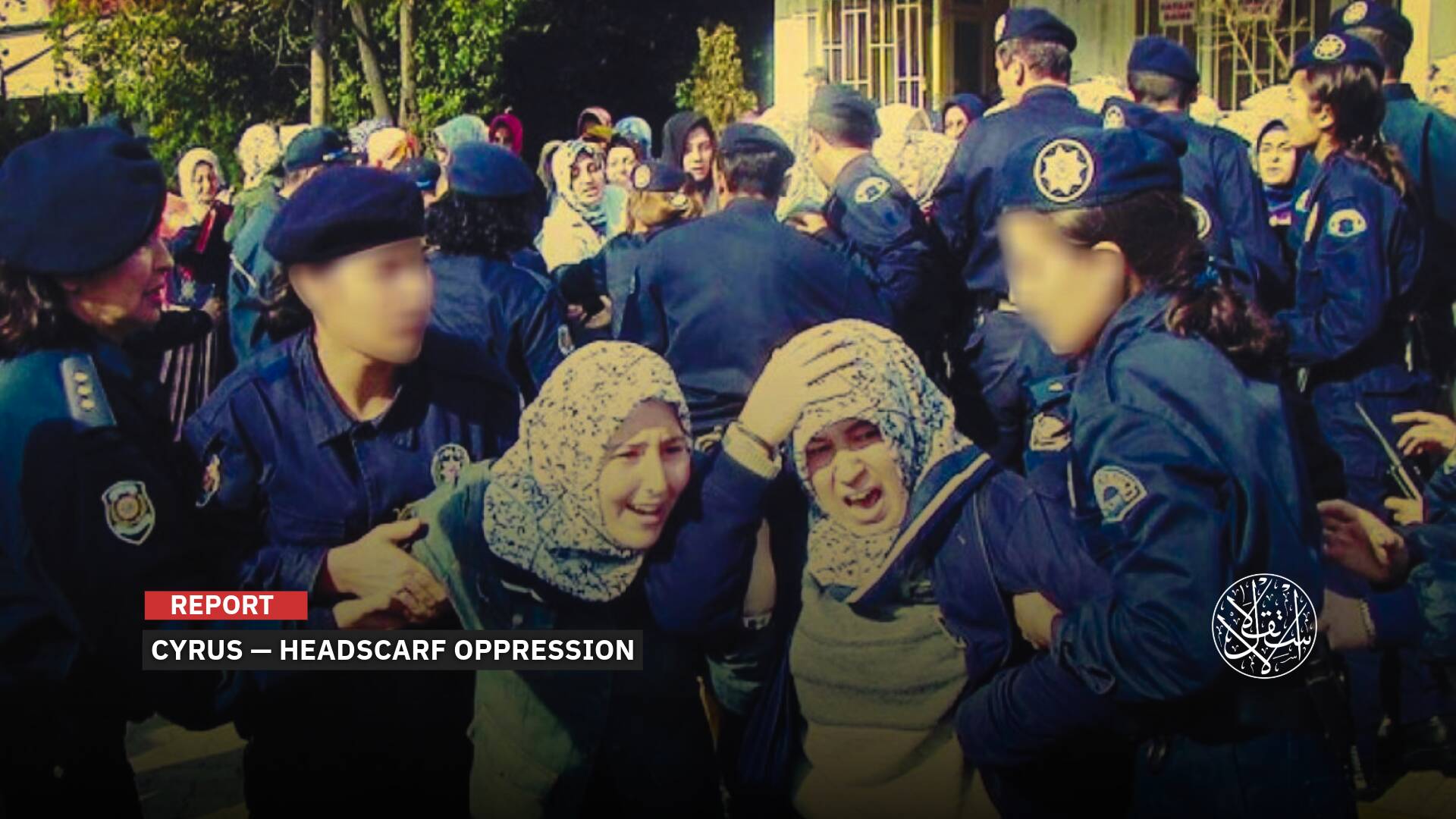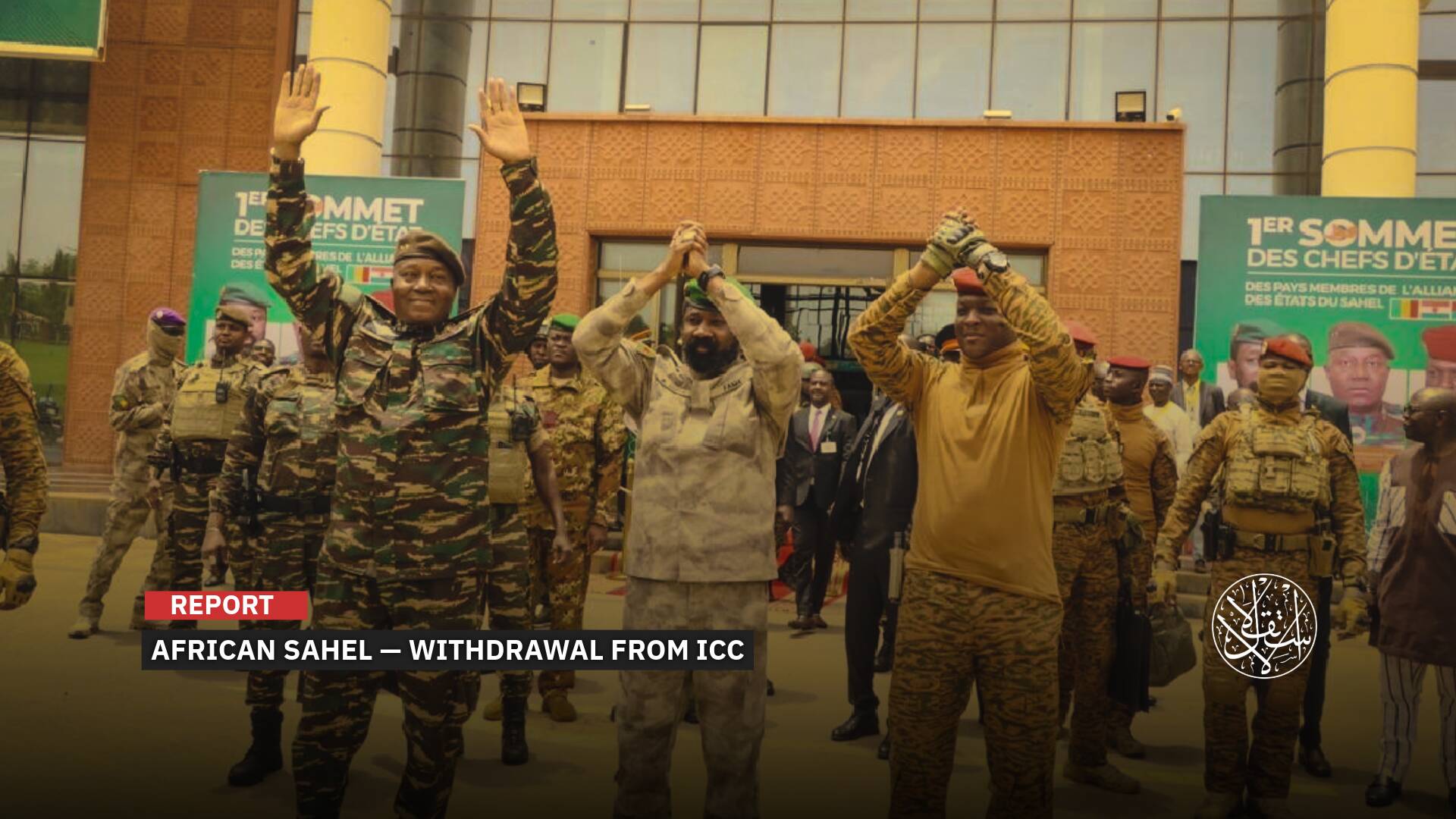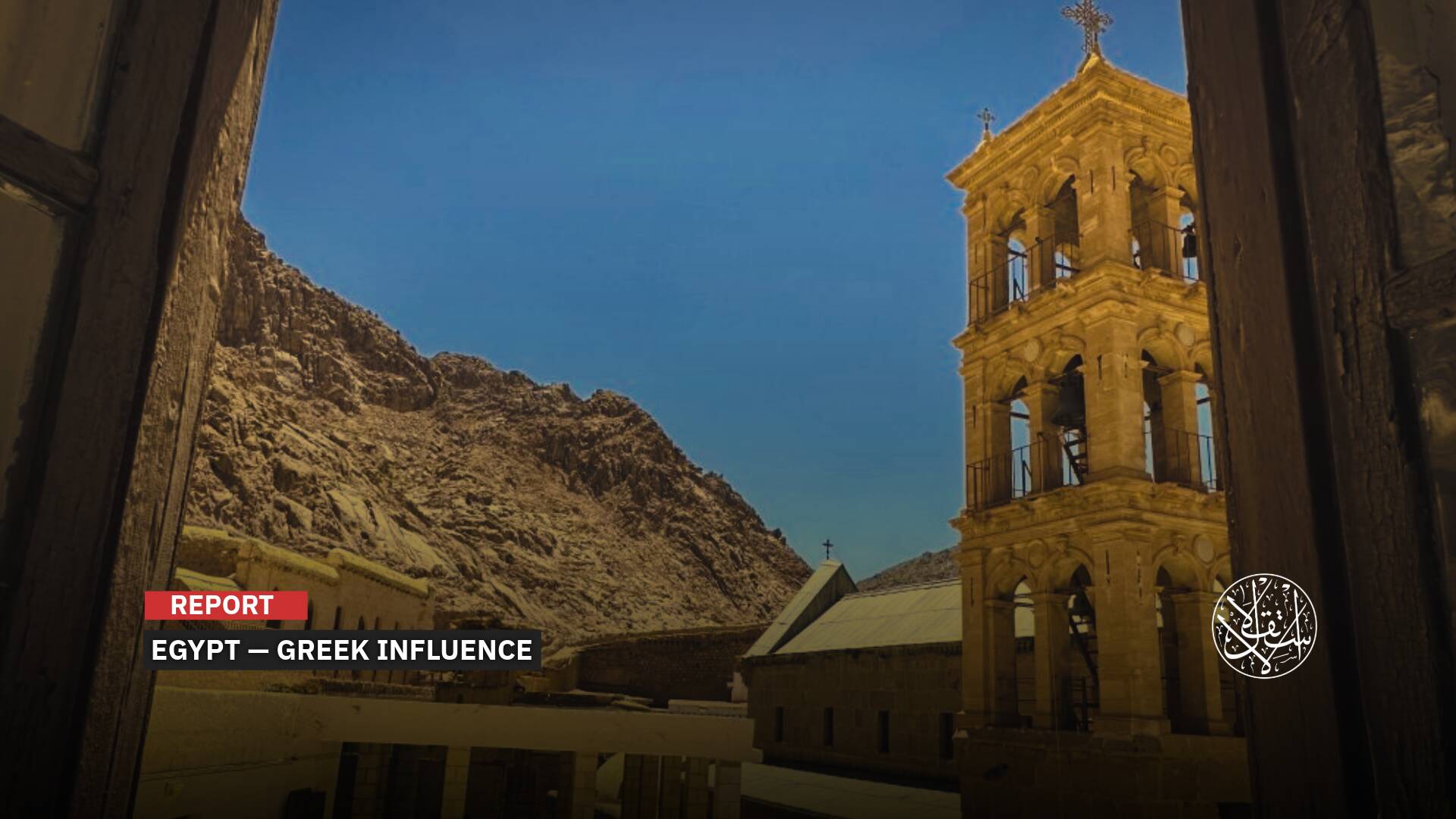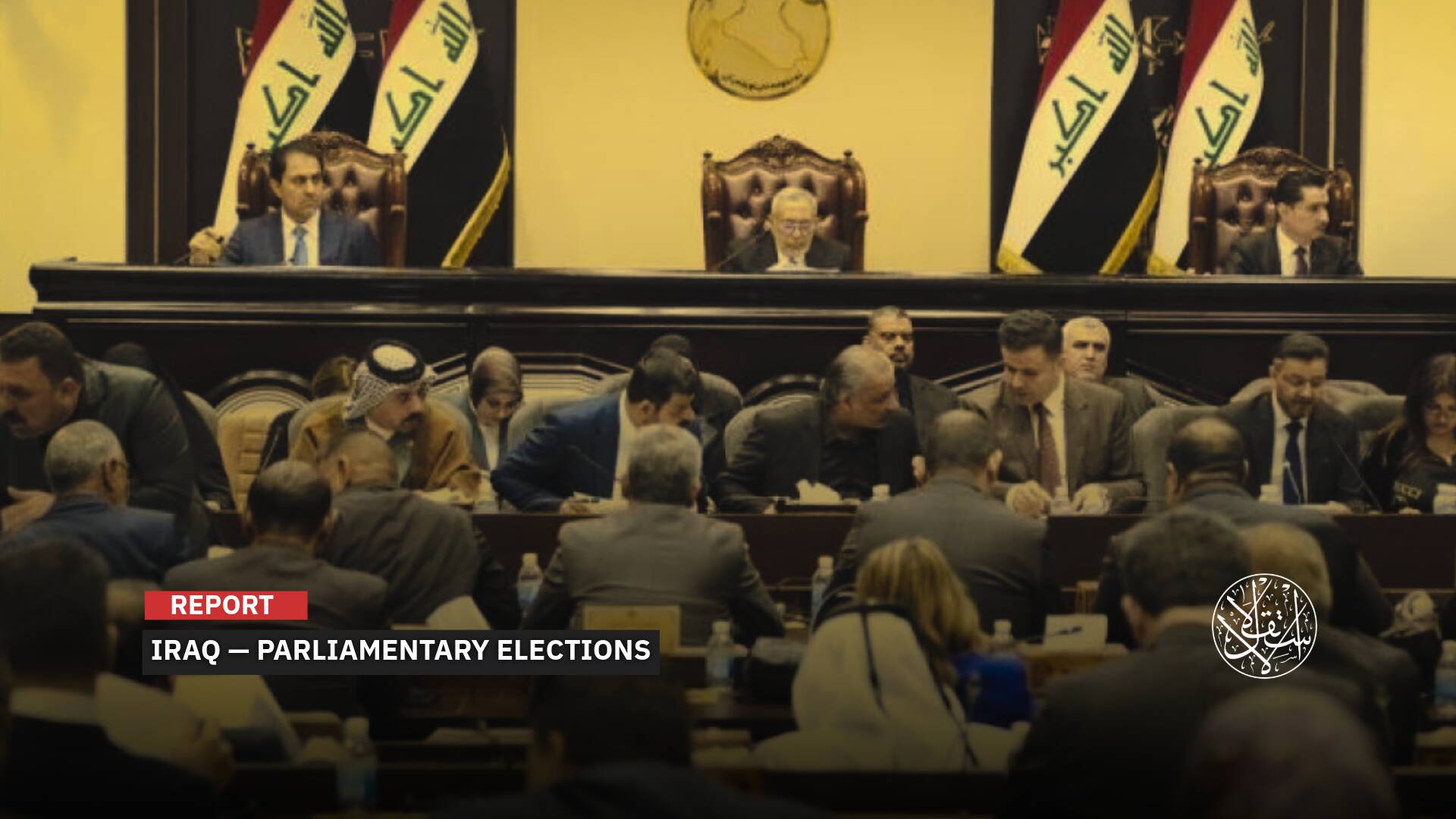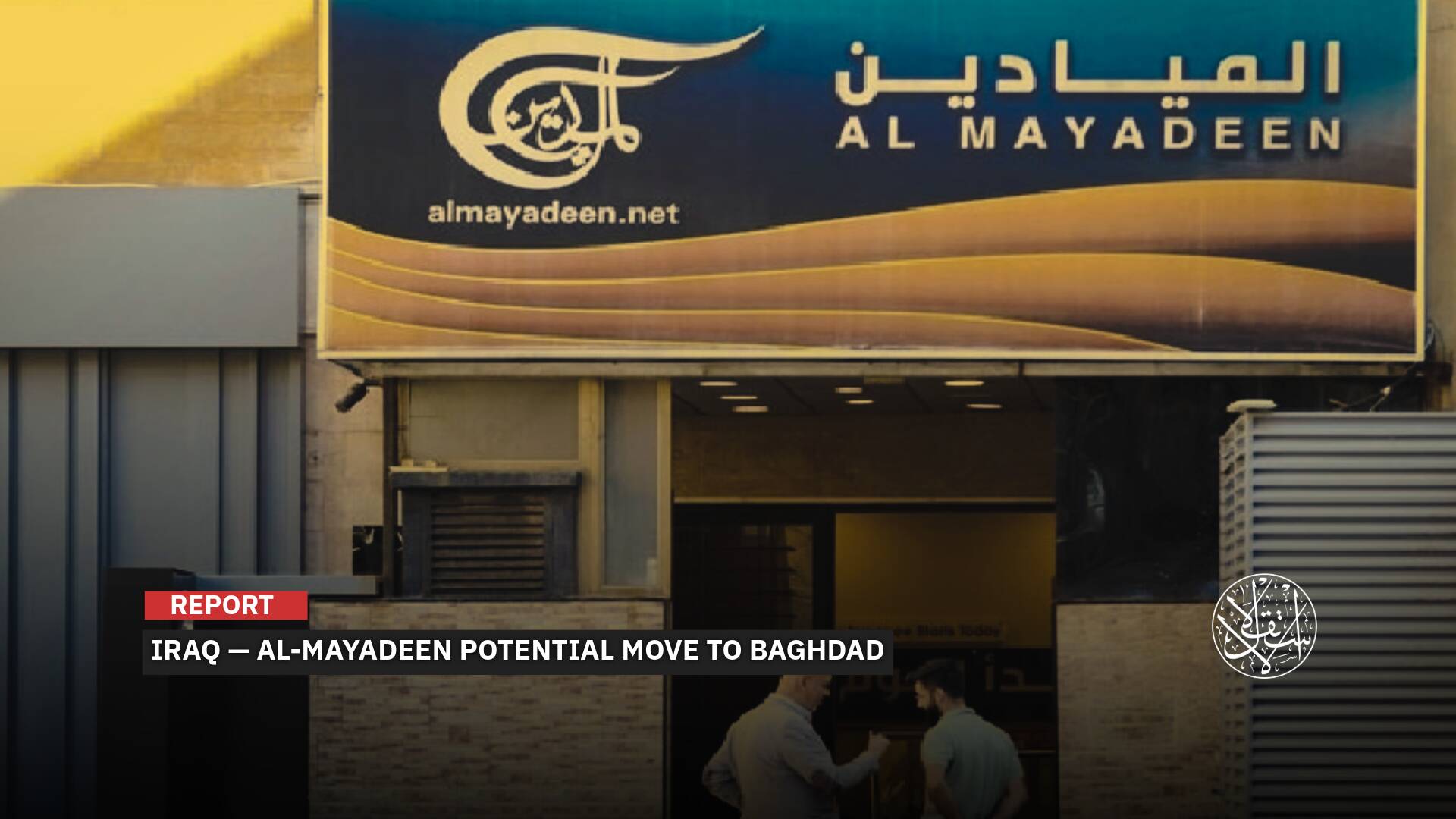This Is How the Assad Regime Takes Revenge on Its Opponents by Restructuring Damascus and Its Surroundings

Under the guise of removing mines, reconstruction and building a new Syria, the Syrian regime is still demolishing entire neighborhoods that were controlled by the opposition in and around the capital, Damascus, according to an investigation conducted by several media outlets and published on March 23, 2022.
This investigation, whose information was collected for an entire year, reviews how the regime seeks to impose a demographic structure that fits its organizational plans, which it began issuing after the end of the battles in and around Damascus in late 2017.
The institutions that worked on the investigation are The Guardian, Lighthouse Reports, Syrian Investigative Reporting for Accountability Journalism (SIRAJ) and Rozana Radio.
It is noteworthy that between 2012 and 2013, Human Rights Watch accused the regime of Syrian President Bashar al-Assad of punishing the residents of the areas that revolted against it in Damascus and Hama by demolishing thousands of residential buildings deliberately and without any right.
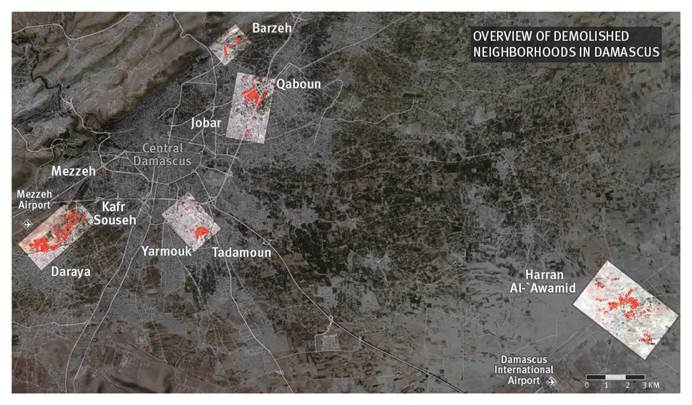
Illegitimate Cover
An investigation published by The Guardian newspaper on March 23 revealed that the Syrian regime is destroying neighborhoods that were under opposition control under the pretext of removing mines, to provide spaces for the construction of high-end buildings and gardens in what it described as “The New Syria.”
Investigations by the newspaper showed extensive demolitions in the Qaboun neighborhood, northeast of Damascus, the Jobar neighborhood and others, in a way that cannot be recognized after the demolition.
According to the investigation, the Qaboun neighborhood—which is located at the entrance to the capital and overlooks the Aleppo-Damascus highway, and is surrounded by military barracks—paid a heavy price for opposing al-Assad, and was almost completely demolished and was put up for real estate development by the Assad’s government, while its former residents are either displaced or refugees.
Trained by Russia, the Syrian military has flattened vast parts of former opposition neighborhoods in the name of de-mining. Our new investigation reveals the extent of the destruction, which experts say could be a war crime. pic.twitter.com/VeFEtMHv1S
— Lighthouse Reports (@LHreports) March 23, 2022
A detailed analysis of satellite images, videos, and tweets from the Syrian Ministry of Defense revealed that nearly half of the Qaboun neighborhood was demolished, including high-rise buildings, after the fighting ended in late 2017.
In May 2017, the conflict in the Damascus neighborhood of Qaboun ended according to an agreement signed by the Syrian government with the opposition factions stationed there, which provided for their displacement with the remaining civilians in the neighborhood towards northern Syria.
After that, Assad forces carried out extensive demolition and bulldozing operations in the Qaboun neighborhood and other neighborhoods, under the pretext of removing tunnels and unexploded ordnance left by the opposition before its surrender, and large parts of the former opposition neighborhoods were reduced to rubble not during the war, but after it ended, according to The Guardian.
During the past four years, the Syrian regime’s Ministry of Defense announced on its Twitter account nearly a thousand demolitions across Syria, and the Qaboun neighborhood was one of them, routinely justifying this by removing the explosive devices left by terrorist groups.
While investigative journalists emphasized that it served as a cover behind which massive bombings and razing of homes disappeared, to make it difficult for the opponents to leave the country, and to consolidate the regime's control over all areas.
The Russian army, which describes its training of Syrian military engineers as a humanitarian mission, is on the ground assisting in de-mining operations in several neighborhoods in Damascus, according to Russian media.
An analysis of hundreds of photos and videos from Qaboun reveals a pattern of large explosions, completely destroying buildings, disproportionate to the alleged humanitarian goals of the Assad regime and the Russians.
According to the official in the Local Administration Councils Unit of the Syrian Interim Government, Mazhar Sharbaji, “it will be impossible for the displaced residents to claim compensation or obtain shares in new housing projects because they are wanted by the Assad regime for political reasons, and therefore their property is likely to be lost.”
Syrian and international human rights organizations believe that the reconstruction of an area in the absence of its people enhances the process of demographic change, which the Assad regime and its Iranian ally are seeking in particular, which is what is happening now in Qaboun and other areas in the capital’s countryside.

Systematic Demolition
The Syrian government did not allow any major international organizations to enter the country to remove mines - according to international and UN rules - during a decade of war, and this is a delay that an international official and an expert in de-mining have described as unprecedented.
In turn, Per Breivik, head of the de-mining department at the Norwegian People's Aid (NPA), which obtained permission from the Syrian government in December 2021 to start de-mining and has not yet begun work, questioned the Syrian regime's efforts to rid the area of mines.
“If the building is demolished, it does not mean that all the explosives will explode, also the de-mining organizations should take care of this work instead of the soldiers. Qaboun is a residential area, so the army should not clear mines. It is a humanitarian process,” Mr. Breivik said.
The team of investigative journalists spoke to two former officers in the Syrian engineering units, and showed them photos, videos and visual evidence showing the contexts of the systematic demolition with explosive weapons of buildings in Qaboun, both emphasized that there is a possibility to remove explosives and remnants of war without the need to demolish or detonate residential buildings.
Dissident Colonel Adeeb Ateeq confirmed that the main reason for the demolition was the demographic change, noting that he witnessed similar demolitions in Al-Tadamon neighborhood in Damascus in 2012.
Meanwhile, the dissident Colonel Mahmoud al-Abdullah set three goals for the Syrian regime behind the demolition, which are to reduce the popular support for the indigenous population and establish a new demographic distribution, the establishment of luxury housing projects from the companies and merchants close to it, and the prevention of residents from returning to their homes.
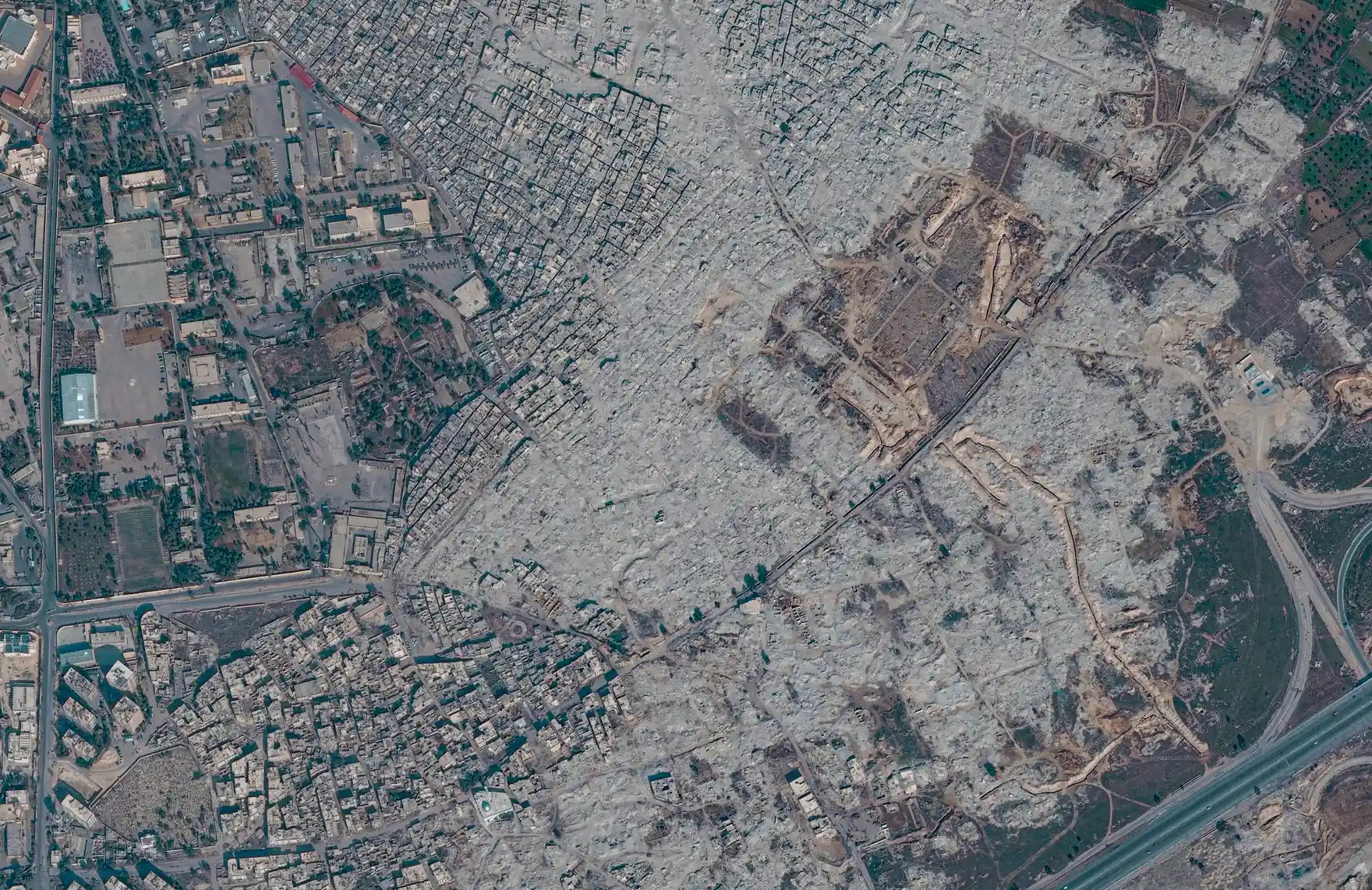
On his part, the Syrian journalist Aqil Hussein indicated in a statement to Al-Estiklal that “what the recent reports and investigations revealed is not new, but this media effort shed light with effective focus on one of the most important violations committed by the Assad regime in Syria on the demographic level.”
“Since at least 2016, the Assad regime has been resuming and accelerating what it had started many years earlier, in terms of changing the demographic and organizational reality of a number of cities, especially the capital, Damascus,” he added.
“It is an Iranian Shiite project in partnership with the Assad regime, and its goal is to undermine an existing social reality and replace it with a new reality that matches the sectarian and political goals of the two parties,” he continued.
“Therefore, the demolition of buildings in the areas that revolted against the Assad regime, which the regime is carrying out, is not retaliatory practices in principle, although it fulfills the desire for revenge, but it is a planned project that can actually be described as a process of social engineering,” according to Mr. Hussein.
On the strategy pursued by the Assad regime in the Syrian areas, Mr. Hussein explained that “what is happening in Qaboun is not an exception, but rather an integrated project that was launched in Damascus during the first decade of the twenty-first century in Darayya, Kafr Sousa, and the orchards of Mazzeh, then, the Tishreen and Qaboun neighborhoods in Damascus and the Sayeda Zeinab neighborhood in the south of the capital were added to these areas.”
The journalist added, “As for the other areas, the military operations launched by the regime and its allies in the countryside of Hama, Aleppo, Deir ez-Zor and other areas were not aimed at regaining control of these areas.”
“Rather, it was clear that the regime sought to displace the residents from it, and later began to work to seize their property in various ways, until their return became complicated at the least, or it became impossible for many of them with the continuation of this regime,” Mr. Hussein stressed.
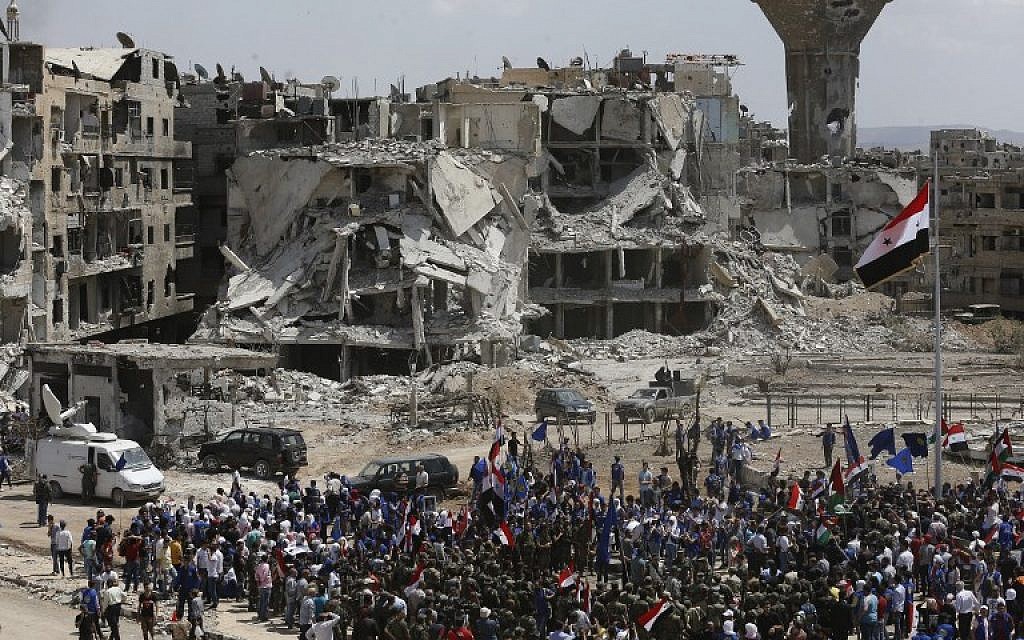
Demographic Engineering
Qaboun is one of the first areas that the Syrian regime government plans to dismantle and rebuild, under controversial post-war legislation, which allows the regime to expropriate land and partner with private investors to develop it.
In 2012, the head of the regime, Bashar al-Assad, issued a decree No. 66 to develop informal and informal areas in Damascus, such as Qaboun, Jobar and Barzeh.
The Qaboun neighborhood was demolished under one of these laws passed in 2015, allowing authorities to redraw borders in times of war and other disasters, and to claim land for informal settlements.
The Guardian pointed out that “the Assad regime's plan for the Qaboun neighborhood, after the completion of the demolition of houses and the bombing of buildings, is part of its broader plan for the city of Damascus and transforming it into a luxurious commercial capital containing high-rise towers and carefully coordinated gardens.”
The regime intends to establish two large residential and commercial projects in those areas: Marota City and Basilia City, under Law No. 10, which expanded the scope of Decree No. 66 in terms of its legislation to confiscate the property of the displaced, whether they are displaced or refugees, which targets especially the areas adjacent to the capital, which witnessed the largest demonstrations against the regime with the beginning of the Syrian revolution.
The regime is putting its weight in order to implement the two projects that are controlled by businessmen close to it, such as Samer Foz, Mazen Tarazi, Mohamed Hamsho and Rami Makhlouf, names that have been targeted by European and American sanctions during the past years.
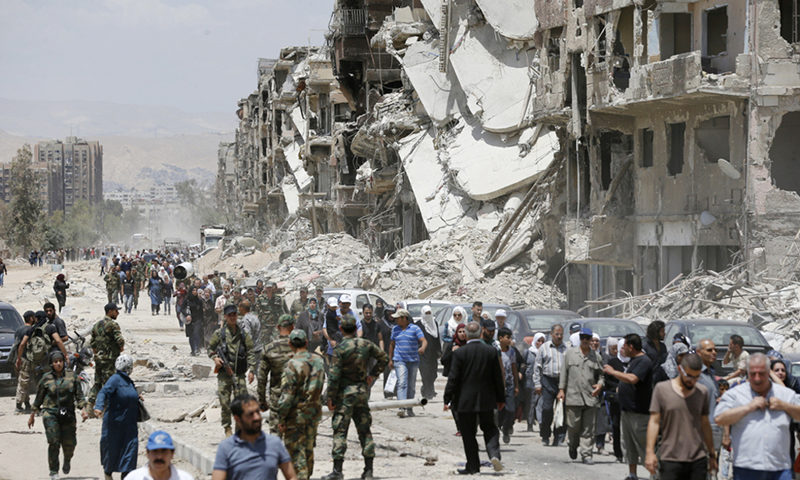
Researcher Joseph Daher tells The Guardian that “the Syrian regime has used the war to advance current plans to restructure Damascus, bringing in capital from investors and rewarding its own network.”
"War is used to deepen new liberal policies and austerity measures, in addition to implementing plans that could not be carried out in a period when the country was not experiencing war or crisis,” he adds.
The researcher asserts, “They are using the war to put forward this type of project that was facing severe rejection before 2011.”
Mr. Daher also points out that “despite the plans made by the regime’s government, and the demolitions that it has already carried out, there has been little actual construction due to lack of funds and ongoing insecurity.”
In turn, Human Rights Watch considered the demolitions in Qaboun to be illegal and a possible war crime, in addition to the lack of a sufficient military reason for the demolition of homes, international law prohibits the unjust destruction of private property.
Researcher Sara Kayali told the investigation team: “They are demolishing private lands without prior warning or adequate compensation for Qaboun residents, and this prevents people from returning to these areas.”
“The Assad regime is adept at engineering laws that allow it to do what it wants under the guise of false legitimacy in a way that contravenes international law,” she added.
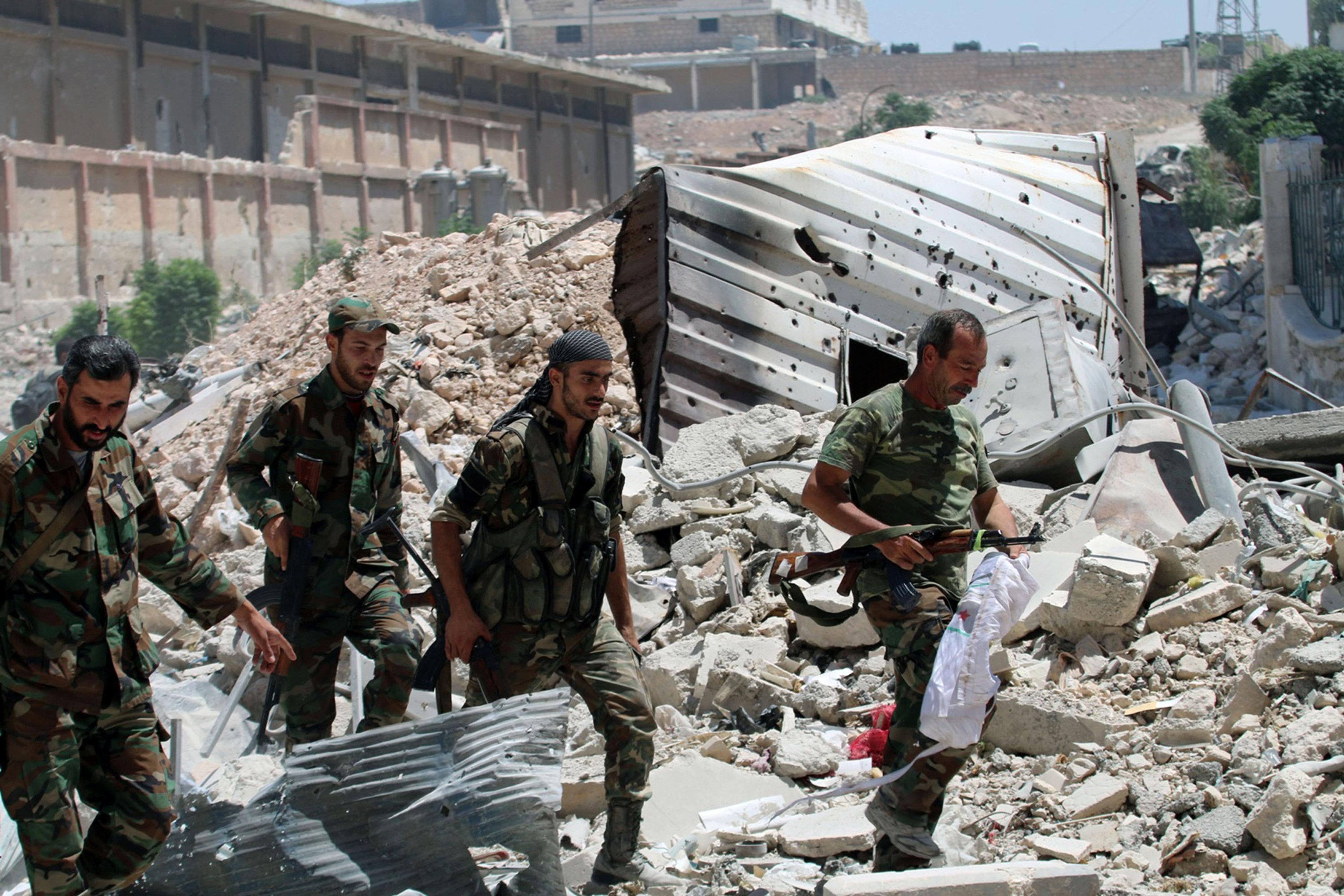
While the house demolitions have ended in Qaboun neighborhood, and the area is prepared for real estate development, other neighborhoods in Aleppo governorate and its countryside are still witnessing the same fate.
The regime, through a solid legislative structure, paved the way for these violations, according to lawyers.
The United Nations describes the situation of destruction in Syria as unprecedented, and estimates the cost of reconstruction at about $400 billion.
While 6.6 million Syrian refugees live in neighboring countries with no hope of return, in addition to the 6.7 million displaced people inside Syria, they live in poor conditions and depend on humanitarian aid.


